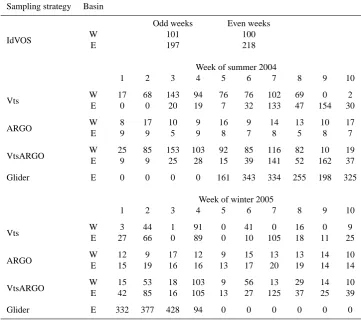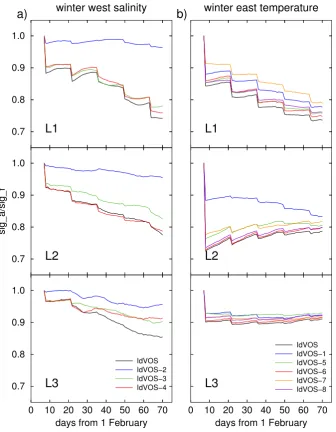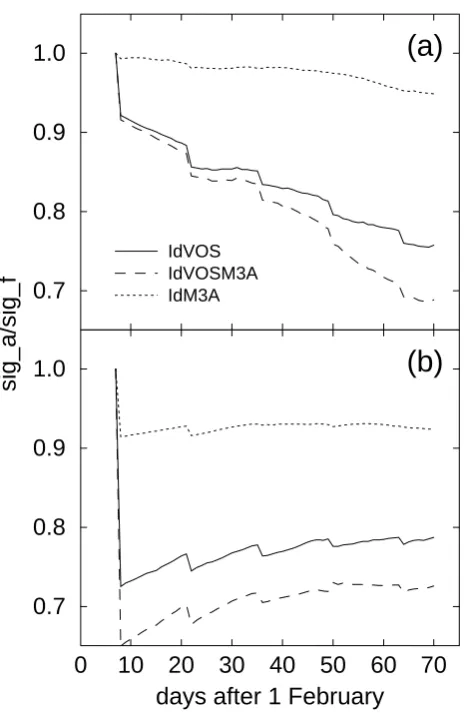The assessment of temperature and salinity sampling strategies in the Mediterranean Sea: idealized and real cases
Full text
Figure
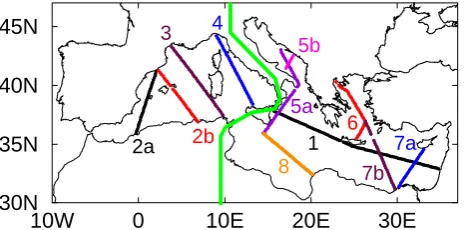
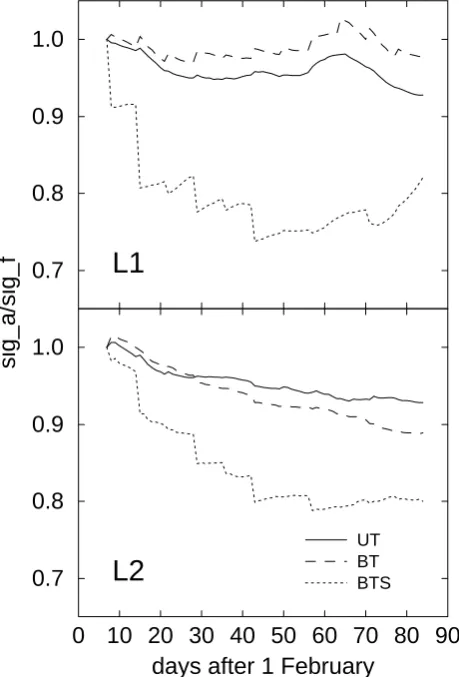
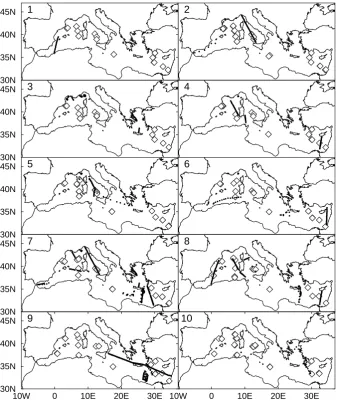

Related documents
The following are not within this exception to the hearsay rule: (i) investigative reports by police and other law enforcement personnel; (ii) investiga- tive reports
Although young children with UTIs who received a dose of parenteral antibiotics before discharge from the ED had higher rates of revisits, a parenteral dose of antibiotics was not
Our results suggest that, for adolescent girls, experiences of peer victimization and poor social self- worth may elevate risk for subsequent development of NSSI over and above
Subject, whose dental plaque had accumulated for two days, was given 5-nil dose of 10% sucrose solution or one of liquid medications. Samples of plaque were measured for pH changes
Therefore, our research study has the design and manufacture of an auxetic structure with enhanced mechanical properties through the tailored negative Poisson’s
ARCHES: Arkansas Cardiovascular Health Examination Survey; BRFSS: Behavioral Risk Factor Surveillance System; CAPI: Computer Assisted Personal Interview; CDC: Centre for
The 16 management officers interviewed include three plan- ning directors (PD), two deputy directors (PDD), four senior town planning officers (STP), and seven
